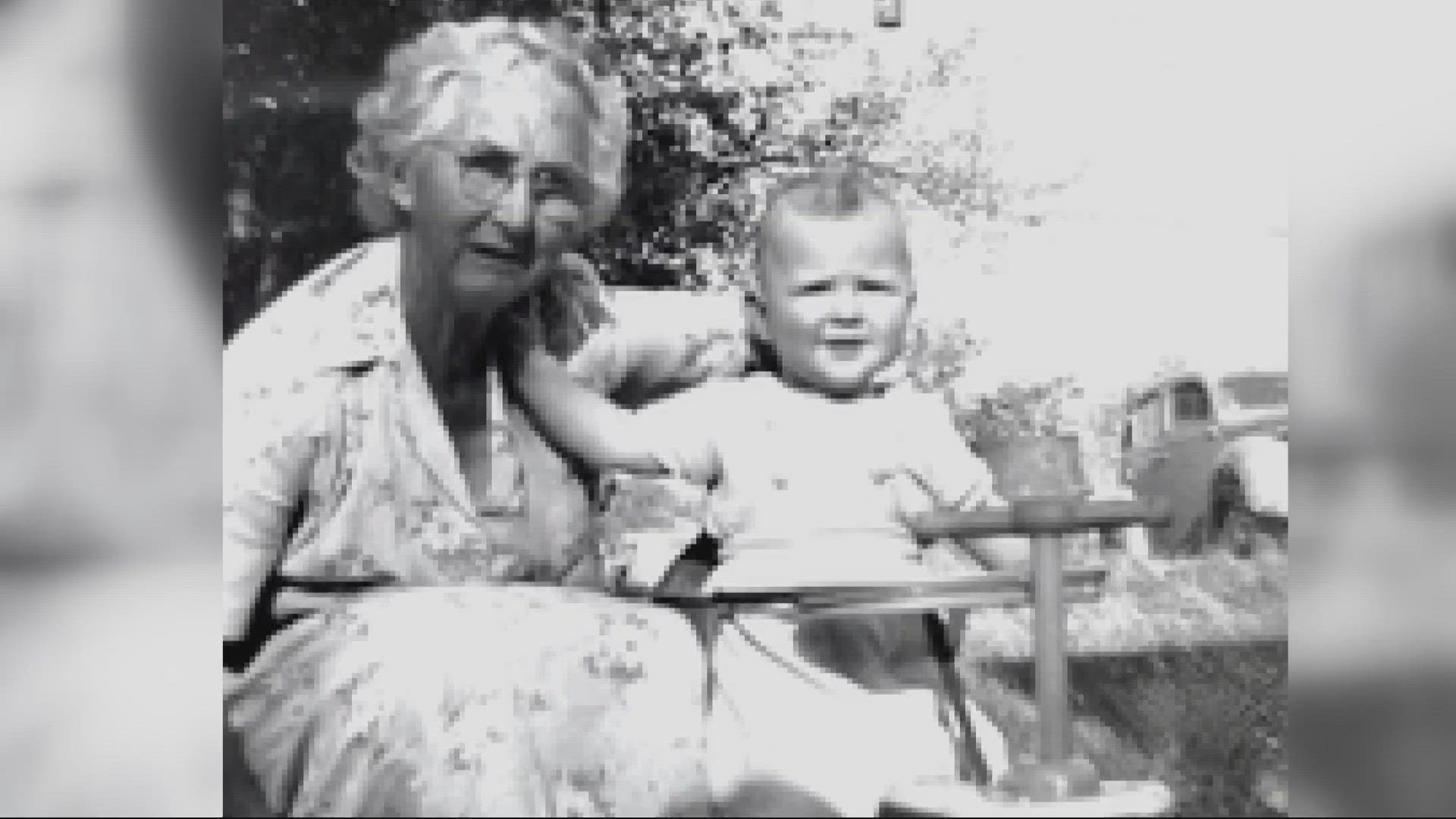SANDY, Ore. — After 47 years of not knowing what happened to their loved one an Oregon family finally has some answers.
Illya Ella Wilkins went missing in Clackamas County in 1976 and was never found. But just this month, DNA technology helped identify her remains.
Dr. Nici Vance is the State Forensic Anthropologist at the Oregon State Medical Examiner's office. She helped the Clackamas County Sheriff's Office identify remains of a partial skull found outside Sandy, Oregon in August of 1981.
At that time there was no DNA analysis technology. It was only noted that the skull probably belonged to an older female who lost all her teeth and likely wore dentures.
That's when detectives recalled an elderly woman with memory issues who disappeared from her nursing home, Baunach’s Home for the Aged, five years prior, near where the skull was found in Sandy. But officials had no way of confirming it was Wilkins at that time.
In 2010, Oregon State Forensic Anthropologist Dr. Nici Vance re-analyzed the remains, submitted a skull sample to the University of North Texas Center for Human Identification, and entered the unidentified profile into the National Missing and Unidentified Persons System, NamUs. The sample was then processed and yielded a forensic DNA profile for comparison and upload into CODIS.
Unfortunately, no genetic associations to missing persons or family reference standards in the CODIS database were established.
"When I became the state forensic anthropologist, I started going through all our skeletal remains cases that we had,” said Dr. Vance. “Reanalyzing them, trying to find new innovative ways to hopefully identify them at that point. "
But when it came to Wilkins’ case, Dr. Vance thought — why not use innovative DNA technology called Investigative Genetic Genealogy?
"We had done forensic DNA analysis on the bones already,” said Dr. Vance. “We had uploaded that DNA profile into the national DNA database and it had been searching against family reference standers, missing person standards all of these items and profiles but it never associated genetically with any other profiles."
Genetic genealogy helps identify an unknown person by looking for relatives in databases and family trees. And because it was well known there was a missing person in the area that matched the physical characteristics, Dr. Vance had a name to give them.
“We found a family that it could be narrowed down to,” said Dr. Vance. “We found grandparents, great grandparents and some common ancestors to this individual and then really worked from there to determine an investigative lead.”
The medical examiner’s office reached out to Wilkins' granddaughter for a DNA sample. The test revealed a 100% probability that Wilkins was genetically associated with her granddaughter. She was positively identified by the Oregon Chief Medical Examiner on April 4 of this year.
Her remains have been released to her family members. The cause of death was not identified.
“It really is a game-changer to use this technology and put it to such good use. Especially to those grieving families who still have questions and need answers,” said Dr. Vance. "Ella Wilkins is accounted for now and that's one of the things that makes me proud to be a part of these types of cases."

